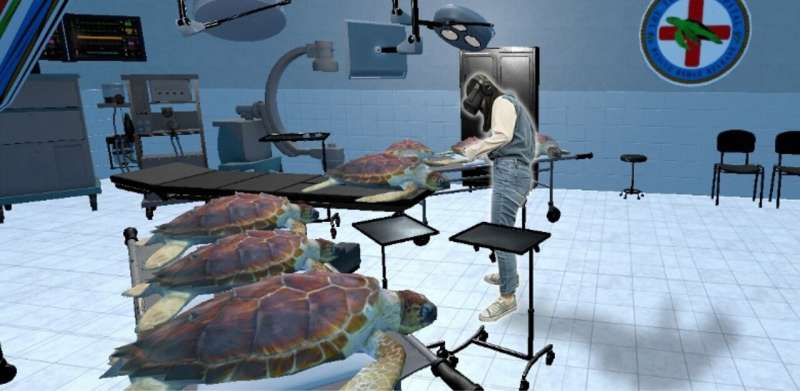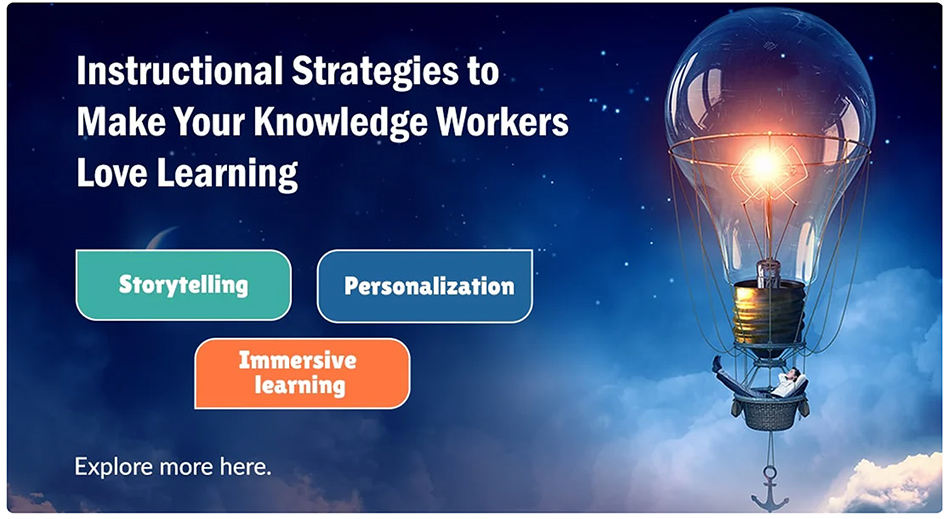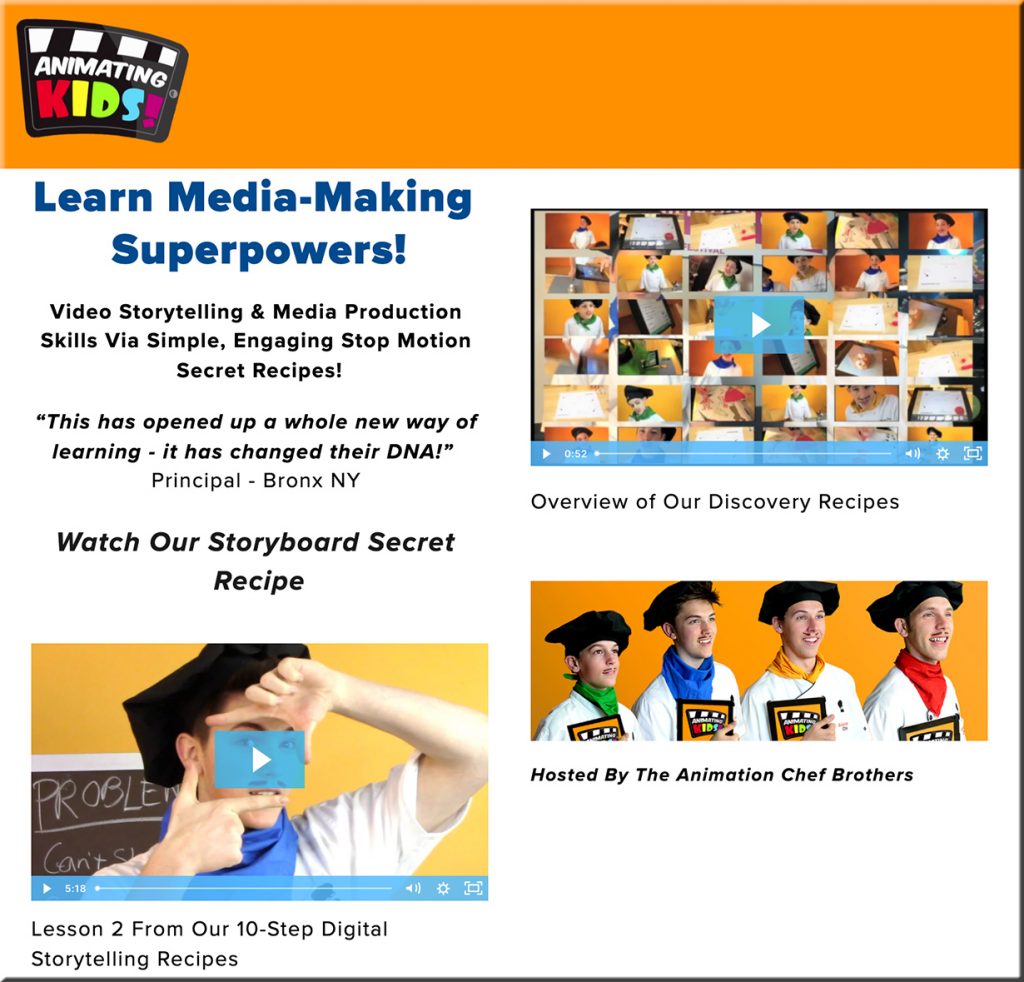Virtual reality gives humans a turtle’s-eye view of wildlife — from phys.org by Laurel Hamers, University of Oregon
Excerpt:
A virtual reality simulation designed by a University of Oregon (UO) professor could help spur people to environmental action.
Participants in Project Shell don a virtual reality headset and take on the body of a loggerhead sea turtle, sporting flippers instead of arms. During a 15-minute immersive experience, they journey from a hatchling to an adult turtle, dodging hazards like ships and wayward fishing gear.
Participating in the simulation increased people’s empathy and concern for environmental issues, new research shows.
“Embodiment of non-human bodies is a powerful tool that environmental storytellers can use,” said Daniel Pimentel, a professor in the UO’s School of Journalism and Communication who led the work. “I hope that this experience can help raise awareness and hopefully engage the public in a way that trickles down to more support.”
From DSC:
While we’re talking turtles, see these miniature creations!















